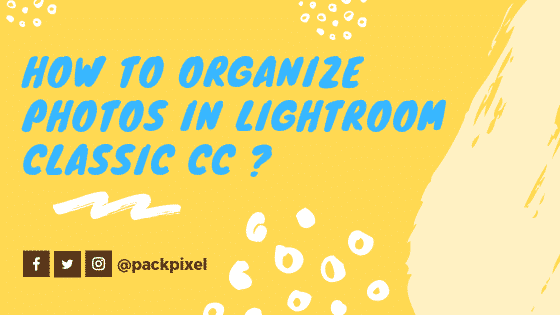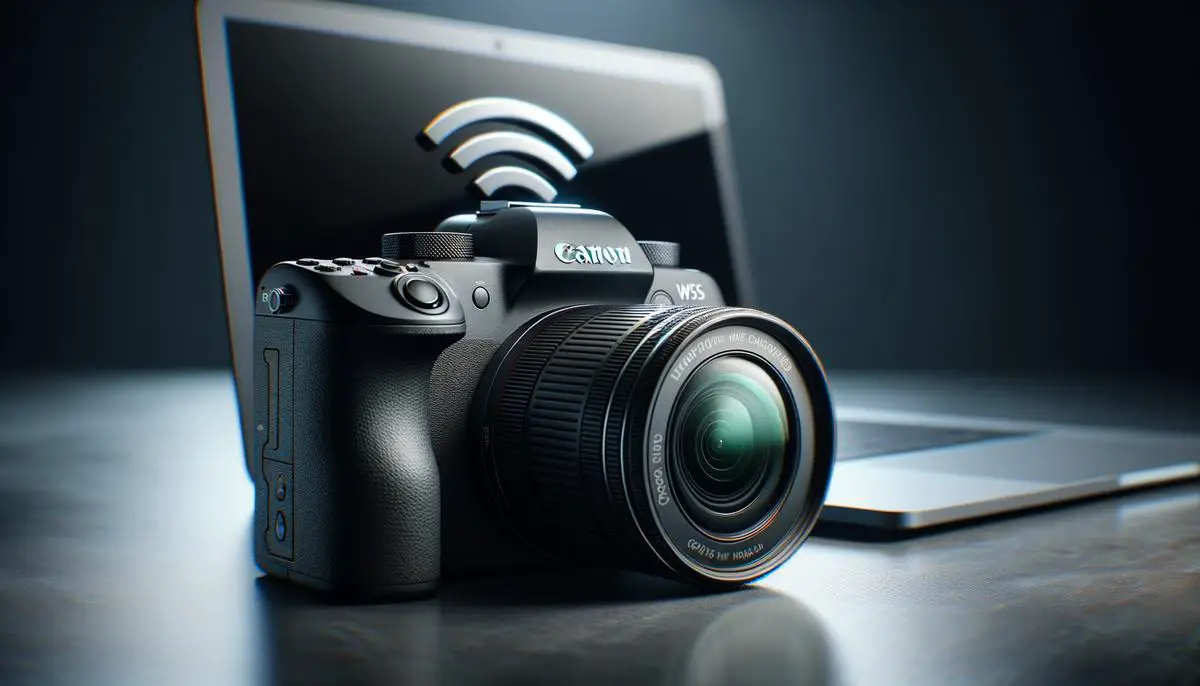Now I know what you want to do is jump into editing your photos to make them look amazing. But organizing in lightroom is a huge aspect of what Lightroom is capable of doing and learning these things.
Right!
Now we will really help you become a better photo editor, in the long run, saving you lots and lots of time.
So, I mentioned this is what we’re going to be looking at in this lesson.
You have different ways to find the photos that you’ve previously imported into Lightroom.
You have your catalog folders and then collections catalog.
Think of that as a quick sort of way to that layer has preset options for finding photos.
You can click the all photos button and that will open up all the photos that you’ve ever imported into Lightroom.
You have all sinked photographs which are if you are using sort of the Lightroom aspect of their cloud-based service. You have some quick collections and then previous import.
So with previous import, if you imported your photos say you closed Lightroom and then you come back and you want to get quickly to the photos you just imported the last time.
This is a great place to do it.
That being said catalog is probably my least favourite way of finding photos.
Because folders can quickly get lost and photos you imported a month or a week or a year ago can quickly be lost folders is the next option.
And this is good if you understand and have a really good organized hard drive this structure will show you folders that you’ve imported based off of where they are on your computer.
Now since I reset Lightroom before I started teaching this course I’ve only imported this one folder from the last lesson so far. And so this is the only folder I’ve seen.
But if you’ve imported lots and lots of folders you’ll see them all over here. And this is just based off of what it’s named and where it’s at on your documents collections is the way that within Lightroom.
You can create folders for your photos and organize photos in lightroom classic that way. And that’s what we’re going to be doing.
So to create a folder just click the plus button and choose to create a collection.
And I want you to set this up similar to me so you can find the photos later on in the lesson. So this one I’m going to call advanced portrait editing.
All of these other settings just leave out them.
One thing to note though you see that it says include selected photos if you have photos selected in your library. It will add them to this collection that we create.
I only have one photo selected.
And so if I click create what happens is now. This new folder basically that appears here only has that one photo.
So, how do I go back to that folder that has all of those previous photos?
I can either click right here in the folders or go to a previous import and you can see all of them.
Now if I want to move all of these photos into that new collection that I created,
I can select all of them by just select all or I can select one and then shift click the next the last one to select all.
Or you could command or control click if you’re on a PC specific ones that you want to add and then just simply click to drag and drop them into this folder.
So, now if I go to this advanced portrait editing folder they’re all right there.
All right so I want to show you now quickly what happens if we want to import our next folder.
So if I click Import it opens up our folder structure to the previous sort of place that we imported from which is nice.
And so if I want to import this extra photos folder we can either import them and then go back and create a new collection or we can choose add to collection.
You see now we have the collection we just created over here or we can create a new one.
So I’m going to do that by hitting the plus button and call this extra photos and then choose create and then import.
So now we have these two folders right here with in our collections.
You also notice that we have those two folders right here within our folder structure.
And we also know if we click previous import we only see the photos from the extras photos folder that we’ve just imported.
If we click all photographs we can see all of them.
Now I’m quickly going to import the rest of the folders of photos that are for this course and I want you to do the same.
And then we’ll meet up after.
So if you follow the instructions you should have five folders right now like this advanced portrait editing extra photos full editing session’s panorama photos and practice photos.
You’ll also see them all right here so you might be wondering.
Hey, this is cool but why would we create our own collections when we can easily find them right here.
And the reason is because you can better organize the photos right here.
We can actually create master folders and put all of these sub folders within it which makes it really easy and much easier than in the folders category right here.
Because believe me after years of editing and importing literally hundreds of folders of photos it’s much harder to find those folders within this structure then under collection’s for example.
I could have a collection for wedding photography or travel photography or
I could do it however I want I could do 2018 2019 and then by month but with collections you have much more flexibility.
So to create sort of a master folder choose the plus button right here and choose create collections set.
So this is going to be a set of collections.
I’m going to call this Lightroom classic Seek-Seek lesson and then choose create.
Now this is has a little dropdown option.
Now there are any photos in it now but if I select all these folders and drag those into the lightroom classic cc master folder.
Now I have them all with in there and I can easily open up all the photos from this course or go into
Specific ones which is going to be easy.
Moving forward with this class now by simply tagging this up and down we can more quickly and easily find the photos we’re looking for.
All right.
So we still have some amazing options for organizing filtering and rating our photos in lightroom and we’re going to be going over those options next.
But now you know a big tool and a big skill in how to organize photos in lightroom classic cc?
And how you create collections to stay organized?
Peace.




Leave a Reply